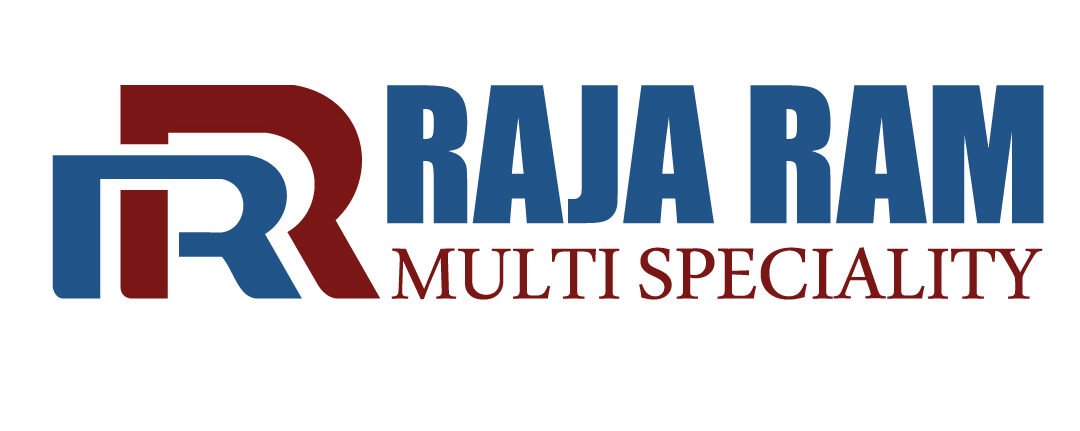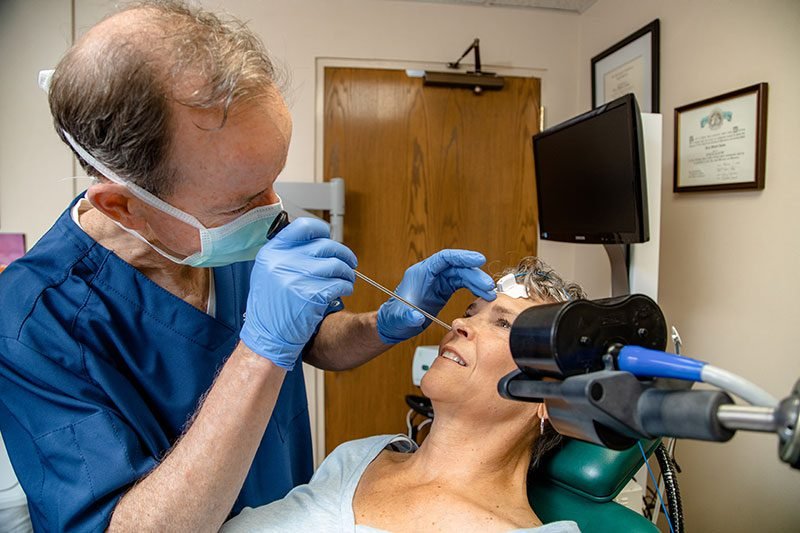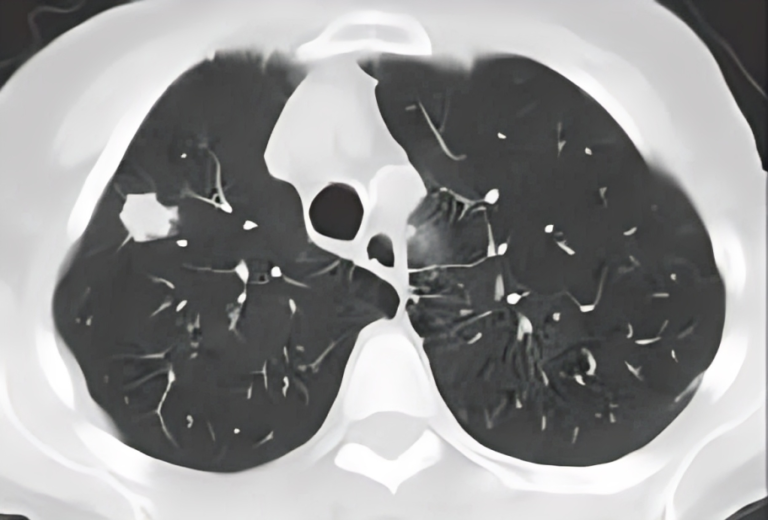Endoscopic Nasal & Sinus Surgery Navigating the Path to Clear Breathing
Endoscopic Nasal and Sinus Surgery is a medical intervention that has revolutionized the treatment of various nasal and sinus conditions. Utilizing advanced endoscopic technology, this surgical approach allows healthcare professionals to address issues within the nasal and sinus passages with minimally invasive techniques. In this article, we will explore the key aspects of endoscopic nasal and sinus surgery, its applications, and the benefits it brings to individuals suffering from sinus-related concerns.
To Know More About It Please Click Here
Understanding Endoscopic Nasal & Sinus Surgery
- Endoscopic Technology:
- Endoscopic procedures involve the use of a thin, flexible tube with a light and camera, known as an endoscope, which is inserted through the nostrils to visualize and access the nasal and sinus cavities. This technology enables surgeons to perform intricate procedures with precision.
- Minimally Invasive Approach:
- Unlike traditional surgical methods that may require external incisions, endoscopic nasal and sinus surgery is minimally invasive. Surgeons can navigate and operate within the nasal passages using the endoscope, leading to reduced trauma, shorter recovery times, and less postoperative discomfort.
Applications of Endoscopic Nasal & Sinus Surgery
- Chronic Sinusitis:
- Endoscopic surgery is often employed to treat chronic sinusitis, a condition characterized by inflammation of the sinus lining that persists for an extended period. The procedure aims to improve sinus drainage and alleviate symptoms.
- Nasal Polyps:
- Nasal polyps, non-cancerous growths in the nasal and sinus passages, can obstruct airflow and lead to sinus infections. Endoscopic surgery allows for the precise removal of nasal polyps, restoring normal breathing.
- Sinus Cysts and Tumors:
- Large sinus cysts or benign tumors may require surgical intervention. Endoscopic techniques provide a less invasive means of addressing these growths, promoting optimal sinus function.
- Deviated Septum:
- A deviated septum, where the nasal septum is crooked or off-center, can contribute to breathing difficulties. Endoscopic surgery is often used to straighten and reposition the septum, improving airflow.
Benefits of Endoscopic Nasal & Sinus Surgery
- Quicker Recovery:
- The minimally invasive nature of endoscopic surgery typically results in a faster recovery compared to traditional open procedures. Patients can often return to normal activities sooner.
- Reduced Scarring:
- Since endoscopic procedures are performed through the nostrils, there is no external scarring. This cosmetic benefit is particularly appealing to individuals concerned about the appearance of scars.
- Precision and Visualization:
- The use of endoscopes provides surgeons with a detailed and magnified view of the nasal and sinus structures. This enhances precision during surgery and allows for a thorough examination of affected areas.
Postoperative Care and Considerations
- Nasal Irrigation:
- Nasal irrigation with saline solutions is often recommended postoperatively to keep the nasal passages moist, promote healing, and prevent infection.
- Follow-Up Appointments:
- Regular follow-up appointments with the surgeon are essential to monitor healing progress and address any concerns or complications.
To Know More About It Please Click Here
Conclusion
Endoscopic Nasal and Sinus Surgery has transformed the landscape of nasal and sinus interventions, offering patients a less invasive and more precise approach to addressing a range of conditions. As technology continues to advance, this surgical method provides an effective means of improving breathing, relieving chronic sinus issues, and enhancing the overall quality of life for individuals facing nasal and sinus challenges. If considering endoscopic nasal and sinus surgery, consulting with a qualified healthcare professional ensures a thorough evaluation and personalized treatment plan tailored to individual needs.




